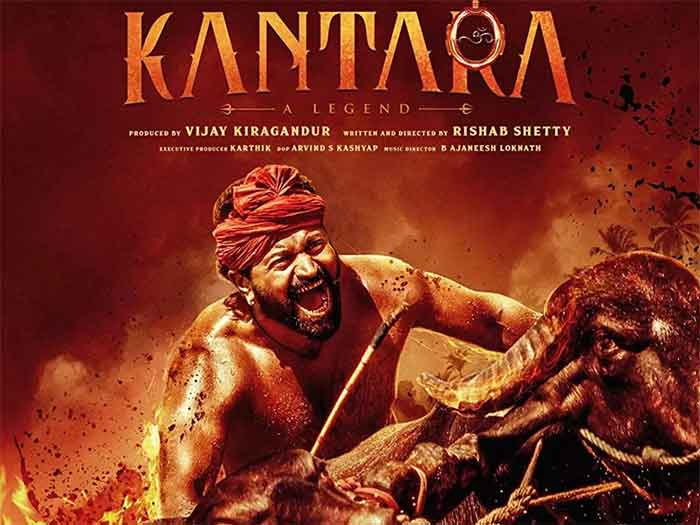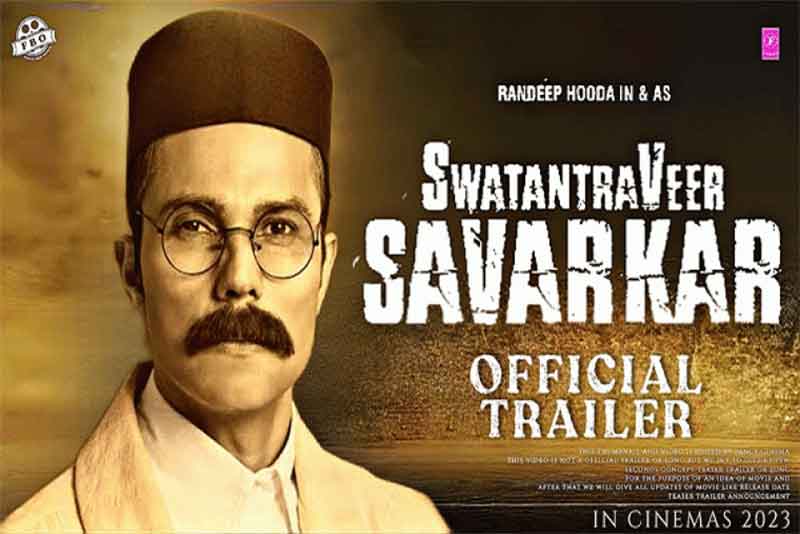
In the human and nature conflict debate, conservationists argue for expansion of wilderness and wildlife and those advocating tribal rights advocate for increasing access of tribal rights over land, water and forests. Forest department is often in conflict with local communities who are often seen as encroachers, while for the tribal communities’ forests are a part of their life, culture and livelihoods which is key for their survival. Along with a lifestyle deeply connected to land and forests is also a culture associated with local folklore, song and dance forms which may not necessarily be understood by foresters working in these areas. The tribal communities are also vulnerable and subject to feudal exploitation.
There are very few films made on this subject. The most recent one was Sherni which dealt with the issue of human and nature debate and pointed at the need for foresters to be sensitive to livelihoods of tribals while working on conservation issues. The recently released film Kantara made in kannada also deals with this issue with a different story and context setting.
Kantara brings out three issues – tribal livelihoods in a forest setting where tribals are dependent on land and forests, forest department efforts in conservation of wildlife, feudal and caste oppression conspiring to take away land from the people. At the core of the discussion is to whom does the land and forests belong – people, state or some private interests. State represented by forest department views it as belonging to them with their responsibility to protect forests and wildlife. People see their relationship to forests being from times immemorial and believe in customary rights than the one entitled legally. Private interests represented by feudal class – traditional owners view it as their natural right to own lands.
Kantara film shows how this conflict emerges between the different groups. The backdrop is that of 1847. A king in Kundapura in search of peace is able to find peace once he comes across a local deity located in a forest area. An exchange takes place between the local tribals and the king, where forest lands are granted in exchange of the deity. The trouble emerges in the 1970’s when a predecessor of the king tries to get back the forest land from the tribals. In the 1990’s a landlord who is depicted as kind also makes similar attempts to get back the land through manipulations. At the centre of the conflict is also Murali a forest officer who does not necessarily respect the tribal culture and lifestyles but wants to try every method possible to stop hunting activities. Shiva the central character is shown as an easy-going person who engages in hunting activities. Increasing vigilance of forest department also affects tribal activities such as collection of roots, tubers, medicinal plants from the forests. The tribals face threat of losing away their lands due to the forest department which wants to convert it into a reserved forest as well as local landlord and a predecessor of the king who wants to take away the land from the tribals.
The tribal community’s rebel against both the forest department and the local landlord. Caste oppression which does not necessarily look oppressive outside but discriminatory and exploitative is shown. The conflict is shown in a cultural setting with display of local folk dances and songs, local beliefs, local sports and display of demi-gods. The demi-gods are shown as protectors who would come to the rescue of the local tribals in event of any attempt of takeover of the lands.
The central character Shiva undergoes a transformation as he realises how he got manipulated by the landlord who conspired to take away the forest land from the people and how his brother who used to perform yakshagana dance was killed. A transformation is also seen in the forest officer who joins the tribals and becomes more sensitive to the local culture and interests. A point is made where it is said that both of them have the same objective but may have taken different roots. Indirectly it tries to point that forest conservation is an objective of both. While forest department takes the conservation route through separating human animal zones, the tribals want to conserve the forests by being integral part of forest life.
The film tries to make use of mythology related to Lord Shiva and Varaha, depict the annual Bhoota koola and Kambala festival, the deities Kanjurli and Guliga. The story is told in a form which is unique and creative and makes use of local cultural forms.
The film could have gone a little deeper into the systemic issues and possible solutions. The conflicting interests are often shaped by more dominating influences often going against the vulnerable. The solution emerging in the form of a good forest officer siding with the people may not necessarily be a sustainable solution. However, the issues are brought out. It calls for achieving harmony between nature, people, economy and culture. A movie to watch.
T Navin is an independent writer

















































